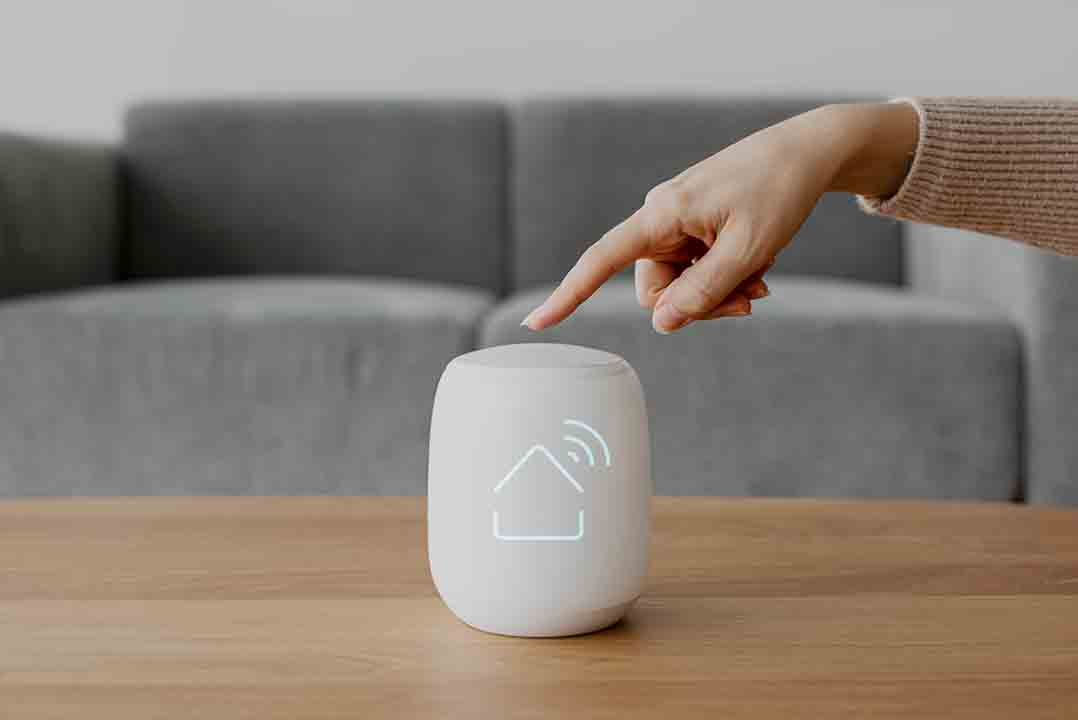


Future smart homes will include all manner of useful technology that makes people’s lives much easier. From healthcare management to breakfast routines, IoT and Matter devices are already making their way into modern houses. However, despite their usefulness, these devices break, and being able to repair them easily will help not only tech guys but consumers as well. From lowering the environmental impact to becoming more user-friendly, here’s how it may happen.
Today, there are so many brands with so many proprietary designs that it can be confusing for tech guys, never mind the average consumer. This has been evident with brands such as Apple using non-standard USB-C connections, and some laptop manufacturers opting for their own charging connectors. However, with standardized design, OEM spare components for Frigidaire appliances, mobile computing devices, and other essential tech just make things easier.
A lot of devices today are pretty limited when it comes to reparability. Smartphones, tablets, and other electronics are building up in e-waste because of this issue. Because of the growing number of consumer devices being discarded, the amount of e-waste is growing. Easily repairable devices and modular components in the future could bring this down significantly. Of course, this kind of repair paradigm will also mean devices will potentially last longer, too.
The average American household has between 17 and 20 connected smart devices. Devices like an Arduino smart watch can be a Godsend for monitoring vital bodily functions and productivity. Smart tech also benefits the consumer in a number of ways besides cool features:
Fewer proprietary designs will eventually bring down the costs of repairing a device.
When devices are easily repairable, they can be fixed more conveniently and faster.
Standardized designs and features empower consumers to more easily use technology.
So many devices are designed around core functions with usability as an afterthought. This is fine if you are a tech-savvy person, but most people aren’t. Modern consumers just want to buy something and have it work right out of the box with minimal fuss. A user-centric approach to design that includes easy-to-follow tutorials and simple diagnostics will empower users with the tools and confidence to learn about their devices while being able to extend their lifetimes.
We live in a data-focused world, and it will only get worse. Every major company wants to know everything about you so they can tailor products, services, and, of course, ads to you. Data collection is a common and accepted part of modern life, and future devices must have robust data protection features. This includes software and firmware updates that don’t compromise user security, keeping the devices you use in working order, secure, and adaptable for years.
Standardized design applications will help future smart devices be repaired more easily, providing many benefits. This includes reducing costs through non-proprietary design. Of course, there must also be a focus on increasing data security as more data is required for use.